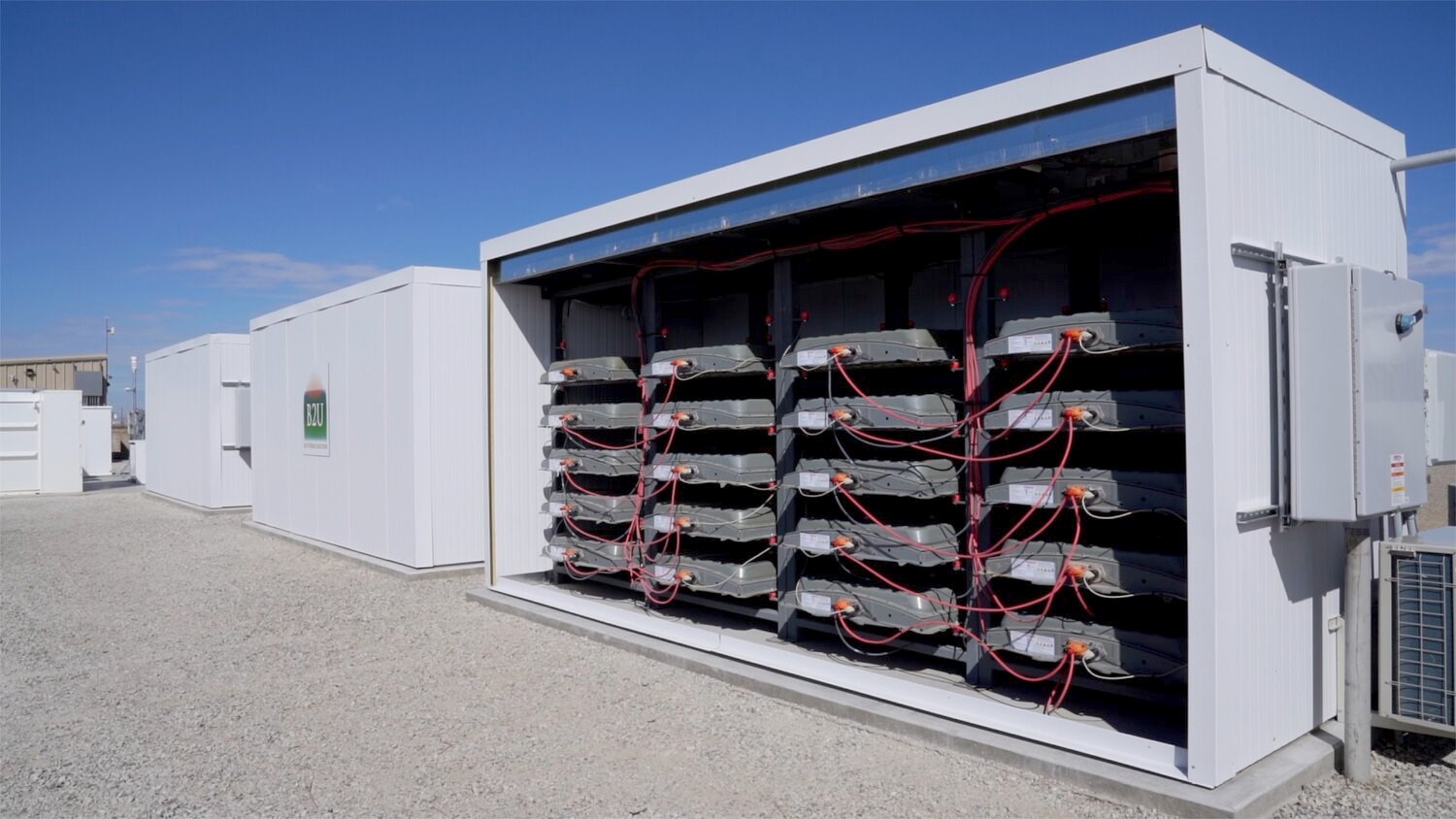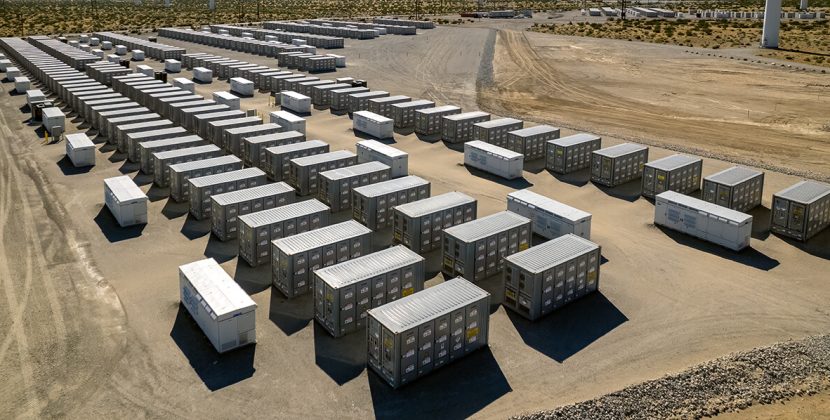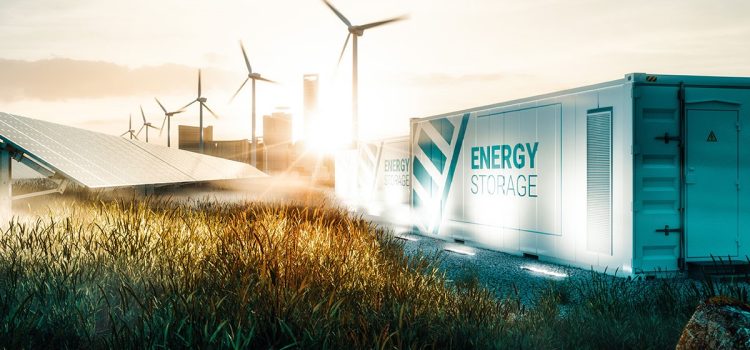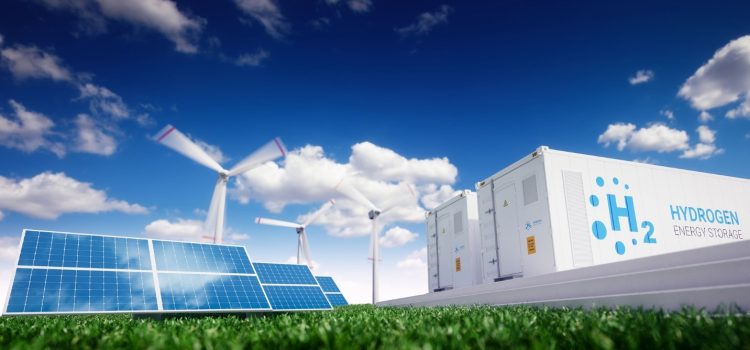
The landscape of renewable energy has undergone significant transformation over the past decade. As the world increasingly shifts towards sustainable energy sources, the importance of effective and efficient energy storage solutions has never been more critical. This article delves into the latest trends in renewable energy storage solutions, shedding light on the advancements and innovations that are driving this crucial sector forward.
Lithium-Ion Batteries: The Cornerstone of Modern Energy Storage
Lithium-ion batteries remain at the forefront of energy storage technology. Their high energy density, long cycle life, and decreasing cost have made them the preferred choice for a wide range of applications, from electric vehicles to grid storage. Recent advancements have focused on improving the safety, lifespan, and efficiency of these batteries. Innovations such as solid-state electrolytes and silicon anodes are being explored to further enhance their performance.
Flow Batteries: A Promising Alternative
Flow batteries, particularly vanadium redox flow batteries, have emerged as a promising alternative to lithium-ion technology. These batteries offer the advantage of scalability and longer cycle life, making them ideal for large-scale energy storage applications. Flow batteries store energy in liquid electrolytes contained in external tanks, which allows for easy scaling by simply increasing the size of the tanks. Research and development efforts are currently aimed at reducing the cost and improving the energy density of these systems.
Advanced Energy Management Systems
The integration of advanced energy management systems (EMS) is another significant trend in the renewable energy storage sector. These systems use sophisticated algorithms and artificial intelligence to optimize the performance of energy storage solutions. By predicting energy demand and supply patterns, EMS can enhance the efficiency and reliability of renewable energy systems. This not only maximizes the use of stored energy but also extends the lifespan of storage devices.
Hybrid Energy Storage Systems
Hybrid energy storage systems, which combine different types of storage technologies, are gaining traction. For instance, coupling lithium-ion batteries with supercapacitors can provide both high energy density and rapid discharge capabilities. This hybrid approach can address the limitations of individual storage technologies, offering a more balanced and versatile solution. Hybrid systems are particularly useful in applications requiring both short-term and long-term energy storage.
Second-Life Batteries
The concept of second-life batteries is becoming increasingly popular as a sustainable approach to energy storage. Electric vehicle batteries, which typically have a lifespan of 8-10 years, can still retain up to 80% of their capacity after being retired from automotive use. These batteries can be repurposed for stationary energy storage applications, providing a cost-effective and environmentally friendly solution. Companies are now focusing on developing standardized methods for testing, refurbishing, and integrating second-life batteries into energy storage systems.

Hydrogen Storage
Hydrogen storage is gaining attention as a viable long-term energy storage solution. By using excess renewable energy to produce hydrogen through electrolysis, this method can store energy in the form of hydrogen gas. The stored hydrogen can then be converted back into electricity using fuel cells when needed. This approach offers the advantage of long-duration storage and can be particularly useful in balancing seasonal variations in renewable energy production.
Thermal Energy Storage
Thermal energy storage (TES) is another innovative approach to storing renewable energy. TES systems store energy in the form of heat, which can be later converted back into electricity or used directly for heating and cooling applications. Technologies such as molten salt storage and phase change materials are being explored to improve the efficiency and capacity of TES systems. TES is especially beneficial for solar thermal power plants, where it can store excess heat generated during the day for use at night.
Decentralized Energy Storage
The trend towards decentralized energy storage is also gaining momentum. Decentralized storage systems, such as home batteries and community energy storage, allow for the local storage and use of renewable energy. This approach reduces the strain on the grid and enhances energy security and resilience. With the rise of smart grids and the Internet of Things (IoT), decentralized storage systems can be integrated into a larger network, enabling efficient energy management and distribution.
Regulatory and Policy Support
Government policies and regulations play a crucial role in the adoption and development of renewable energy storage solutions. Incentives such as tax credits, subsidies, and grants are driving investment in energy storage technologies. Additionally, regulatory frameworks that support the integration of storage systems into the grid are being established. These policies are essential for creating a favorable environment for innovation and deployment in the renewable energy storage sector.
Conclusion
The trends in renewable energy storage solutions highlight the dynamic and rapidly evolving nature of this field. From advancements in lithium-ion and flow batteries to the emergence of hybrid systems and second-life batteries, the innovations are paving the way for a more sustainable and resilient energy future. As technology continues to advance and regulatory support strengthens, the potential for renewable energy storage solutions to transform the energy landscape is immense. By addressing the challenges of intermittency and enabling the efficient use of renewable resources, these storage solutions are playing a pivotal role in the global transition to clean energy.










